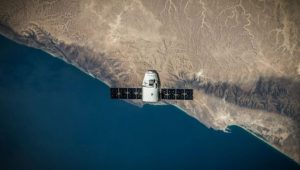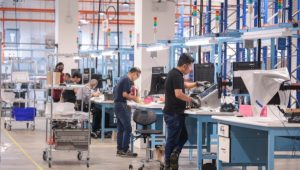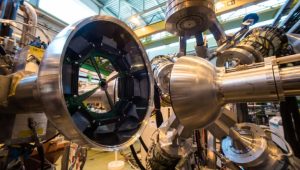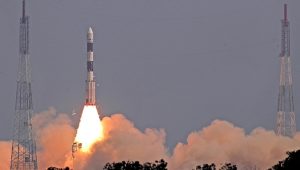Researchers at the University of Cambridge have developed a floating, solar-powered device that can turn contaminated water or seawater into clean hydrogen fuel and purified water, anywhere in the world. The device could be useful in resource-limited or off-grid environments, as it works with any open water source and does not require any outside power.
The machine is inspired by photosynthesis, the natural process by which plants convert sunlight into food. However, unlike previous versions of the ‘artificial leaf’, which could produce green hydrogen fuel from clean water sources, the new device operates from polluted or seawater sources, while producing clean drinking water at the same time.
Tests of the device showed it was able to produce clean water from highly polluted water, seawater, and even from the River Cam in central Cambridge.
In addition, the new device uses more of the Sun’s energy. The researchers used a white, UV-absorbing layer on top of the floating device for hydrogen production via water splitting. The rest of the light in the solar spectrum is transmitted to the bottom of the device, which evaporates the water, making better use of the light.
The results of the study have been published in the journal Nature Water.















